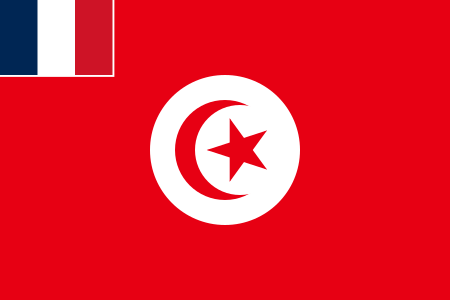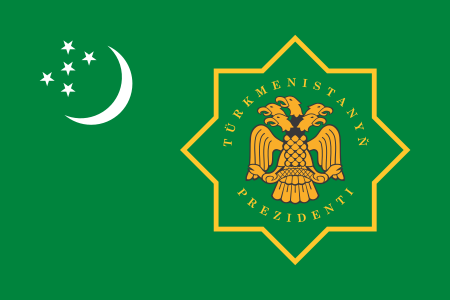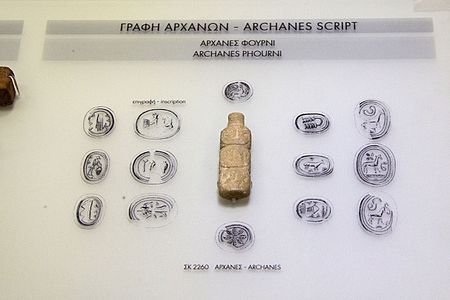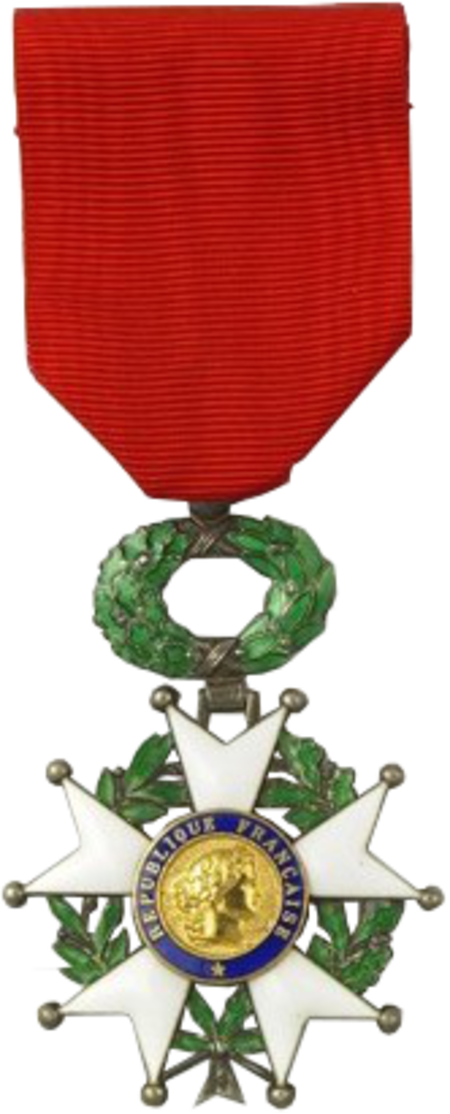Mladen II Šubić of Bribir
| |||||||||||||||||||||||||||||||||||||||||||||
Read other articles:

Founding emperor of Chen dynasty from 557 to 559 Emperor Wu of Chen陳武帝Emperor of the Chen dynastyReign16 November 557[1] – 9 August 559SuccessorEmperor WenBornChen Fasheng (陳法生)503Died9 August 559(559-08-09) (aged 55–56)BurialWan'an Mausoleum (萬安陵, in present-day Jiangning District, Nanjing)ConsortsEmpress ZhaoEmpress XuanIssueChen ChangPrincess YongshiPrincess KuaijimuPrincess YuhuaNamesFamily name: Chen (陳)Given name: Baxian (霸先)Courtesy name: Xingguo (…

1975 Indian filmVaazhnthu KaattugirenPosterDirected byKrishnan–PanjuScreenplay byMahendranStory byS. S. ThennarasuProduced byS. S. Karuppusamy S. S. K. Sanasi S. S. K. Shankaralingam S. S. K. Ganesan S. S. K. MuruganStarringSujatha R. Muthuraman PadmapriyaCinematographyS. Maruti RaoEdited byPanjabiMusic byM. S. ViswanathanProductioncompanyS. S. K. FilmsRelease date 1 November 1975 (1975-11-01) Running time135 minutesCountryIndiaLanguageTamil Vaazhnthu Kaattugiren is a 1975 India…

Interacting galaxy in the constellation Draco NGC 6621Hubble Space Telescope image of NGC 6621 (center) and NGC 6622 (left)Observation data (J2000 epoch)ConstellationDracoRight ascension18h 12m 55s[1]Declination+68° 21′ 48″[1]Redshift0.020652 ± 0.000007 [2]Heliocentric radial velocity6191 ± 2 [2]Distance265 Mly (81 Mpc)[3]Apparent magnitude (B)13.6[1]CharacteristicsTypeSb pec [2]Apparent size (V)1.9′…

哈比卜·布尔吉巴الحبيب بورقيبة第1任突尼斯总统任期1957年7月25日—1987年11月7日(30年105天)总理巴希·拉德加姆(英语:Bahi Ladgham)(1969年-1970年)赫迪·努伊拉(英语:Hedi Nouira)(1970年-1980年)穆罕默德·姆扎利(英语:Mohammed Mzali)(1980年-1986年)拉希德·斯法尔(英语:Rachid Sfar)(1986年-1987年)宰因·阿比丁·本·阿里(1987年)继任宰因·阿比丁·本·阿�…

土库曼斯坦总统土库曼斯坦国徽土库曼斯坦总统旗現任谢尔达尔·别尔德穆哈梅多夫自2022年3月19日官邸阿什哈巴德总统府(Oguzkhan Presidential Palace)機關所在地阿什哈巴德任命者直接选举任期7年,可连选连任首任萨帕尔穆拉特·尼亚佐夫设立1991年10月27日 土库曼斯坦土库曼斯坦政府与政治 国家政府 土库曼斯坦宪法 国旗 国徽 国歌 立法機關(英语:National Council of Turkmenistan) 土�…

Protein-coding gene in the species Homo sapiens RALAAvailable structuresPDBOrtholog search: PDBe RCSB List of PDB id codes1UAD, 1ZC3, 1ZC4, 2A78, 2A9K, 2BOVIdentifiersAliasesRALA, RAL, RALA Ras like proto-oncogene A, RAS like proto-oncogene A, HINCONSExternal IDsOMIM: 179550 MGI: 1927243 HomoloGene: 3942 GeneCards: RALA Gene location (Human)Chr.Chromosome 7 (human)[1]Band7p14.1Start39,623,565 bp[1]End39,708,120 bp[1]Gene location (Mouse)Chr.Chromosome 13 (mouse)[2]…

US engineering and robotics design company Boston Dynamics, Inc.Company typeSubsidiaryIndustryRoboticsArtificial intelligenceAutomationFounded1992; 32 years ago (1992)FounderMarc RaibertHeadquartersWaltham, Massachusetts, United StatesNumber of employees500ParentGoogle X (2013–2017)SoftBank Group (2017–2020)Hyundai Motor Company (2020–present)Websitebostondynamics.com Boston Dynamics, Inc., is an American engineering and robotics design company founded in 1992 as a spin-o…

Критские иероглифы Тип письма открыто-слоговое + идеограммы Языки предположительно минойский язык Территория Крит (центральная и восточная часть острова; возможно, отдельные памятники на Кипре) История Место возникновения Крит Дата создания 2100 до н. э. Период ок. XX—XV до н.…

Island 1 mile (1.6 km) off the southern tip of the United States territory of Guam Cocos Island (Guam)Nautical chart of Cocos Lagoon,with Cocos Island in the southwest (lower left)GeographyLocationPacific OceanCoordinates13°14′10″N 144°38′56″E / 13.23611°N 144.64889°E / 13.23611; 144.64889AdministrationUnited StatesAdditional informationTime zoneChamorro Standard Time Cocos Island (Chamorro: Islan Dåno) is an island 1 mile (1.6 km) off the southern tip o…

One of the four main types of goods For the general term, see Common good. For other uses, see Common Good (disambiguation). Not to be confused with Public good (economics). This article needs additional citations for verification. Please help improve this article by adding citations to reliable sources. Unsourced material may be challenged and removed.Find sources: Common good economics – news · newspapers · books · scholar · JSTOR (May 2015) (Learn…

HMS Spider, an early model of torpedo gunboat In late 19th-century naval terminology, torpedo gunboats were a form of gunboat armed with torpedoes and designed for hunting and destroying smaller torpedo boats. By the end of the 1890s torpedo gunboats were superseded by their more successful contemporaries, the torpedo boat destroyers. History Chilean torpedo gunboat Almirante Lynch A number of torpedo gunboats, the prototype Rattlesnake of 1886 followed by the Grasshopper class (of 3 vessels), t…

Mathematical function Domain coloring plot of ϕ on the complex plane For other uses, see List of topics named after Leonhard Euler.Not to be confused with Euler's totient function.This article includes a list of references, related reading, or external links, but its sources remain unclear because it lacks inline citations. Please help improve this article by introducing more precise citations. (July 2018) (Learn how and when to remove this message) In mathematics, the Euler function is given b…

Border crossing bridge between Iğdır, Turkey and Nakhcivan, Azerbaijan Some of this article's listed sources may not be reliable. Please help improve this article by looking for better, more reliable sources. Unreliable citations may be challenged and removed. (January 2021) (Learn how and when to remove this message) Umut BridgeUmut KöprüsüÜmid KörpüsüCoordinates39°39′19″N 44°48′12″E / 39.65528°N 44.80333°E / 39.65528; 44.80333Carries2 lanes of D.080…

هذه المقالة يتيمة إذ تصل إليها مقالات أخرى قليلة جدًا. فضلًا، ساعد بإضافة وصلة إليها في مقالات متعلقة بها. (فبراير 2020) مراجعة قرار المحكمة في إندونيسيا (بالإندونيسية: Peninjauan kembali) هو إجراء قانوني يمكن اتخاذه بواسطة المحكوم عليه (الشخص الخاضع للعقوبة) في قضية قانونية ضد قرار قضا�…

Jalur kereta api Cikampek–PadalarangJembatan kereta api Cikubang pada tahun 1915-1918IkhtisarJenisJalur lintas utamaSistemJalur kereta api rel beratStatusBeroperasiTerminusCikampekPadalarangOperasiDibuka27 Desember 1902; 121 tahun lalu (1902-12-27)Pemilik Direktorat Jenderal Perkeretaapian PT Kereta Api Indonesia (Persero) OperatorPT Kereta Api Indonesia Daerah Operasi I Jakarta Jawa Barat Kabupaten Karawang Daerah Operasi II Bandung Jawa Barat Kabupaten Purwakarta Kabupaten Bandung Barat…

French Army officer (1906–1942) Dimitri AmilakhvariAmilakvari in 1942Born(1906-10-31)31 October 1906Died24 October 1942(1942-10-24) (aged 35)AllegianceFranceFree FranceService/branchFrench Foreign LegionYears of service1926–1942RankLieutenant ColonelCommands held13th Demi-Brigade of the Foreign LegionBattles/warsPhoney War World War II Norwegian Campaign Battles of Narvik East African Campaign North African Campaign Battle of Bir Hakeim Second Battle of El Alamein † Awar…
هذه المقالة بحاجة لصندوق معلومات. فضلًا ساعد في تحسين هذه المقالة بإضافة صندوق معلومات مخصص إليها. سقاية حسين باشا هذه السقاية ربما سميت بسقاية حسين باشا نسبة إلى حسين باشا والي بغداد سنة 1650م، خلال حكم الدولة العثمانية والتي كانت مخصصة للنفع العام في بغداد، وقد اشار اليها ال…

Entrata del palazzo della Pontificia accademia ecclesiastica, Piazza della Minerva, Roma Il nunzio apostolico è il rappresentante pontificio preposto alla guida di una nunziatura apostolica[1]. I suoi compiti sono sia di natura ecclesiale, sia di natura diplomatica: in entrambi i casi agisce come rappresentante del papa. Per il diritto internazionale, è il rappresentante diplomatico della Santa Sede accreditato presso uno Stato, e il suo ruolo politico è equiparato a quello dell'ambas…

Ne pas confondre avec la commune déléguée de Val-d’Épy. Cet article est une ébauche concernant une commune du département du Jura. Vous pouvez partager vos connaissances en l’améliorant (comment ?). Le bandeau {{ébauche}} peut être enlevé et l’article évalué comme étant au stade « Bon début » quand il comporte assez de renseignements encyclopédiques concernant la commune. Si vous avez un doute, l’atelier de lecture du projet Communes de France est à votre…

1938 British thriller play by Patrick Hamilton For other uses, see Gaslight (disambiguation). Gas LightA Victorian Thriller in Three ActsFirst edition 1939Written byPatrick HamiltonCharacters Mr Manningham Mr Rough Mrs Manningham Elizabeth Nancy Date premiered5 December 1938 (1938-12-05)Place premieredRichmond Theatre, Richmond, LondonOriginal languageEnglishGenreThrillerSettingOn Angel Street, in the Pimlico district of London, 1880 Gas Light is a 1938 thriller play, set in 1880s…




